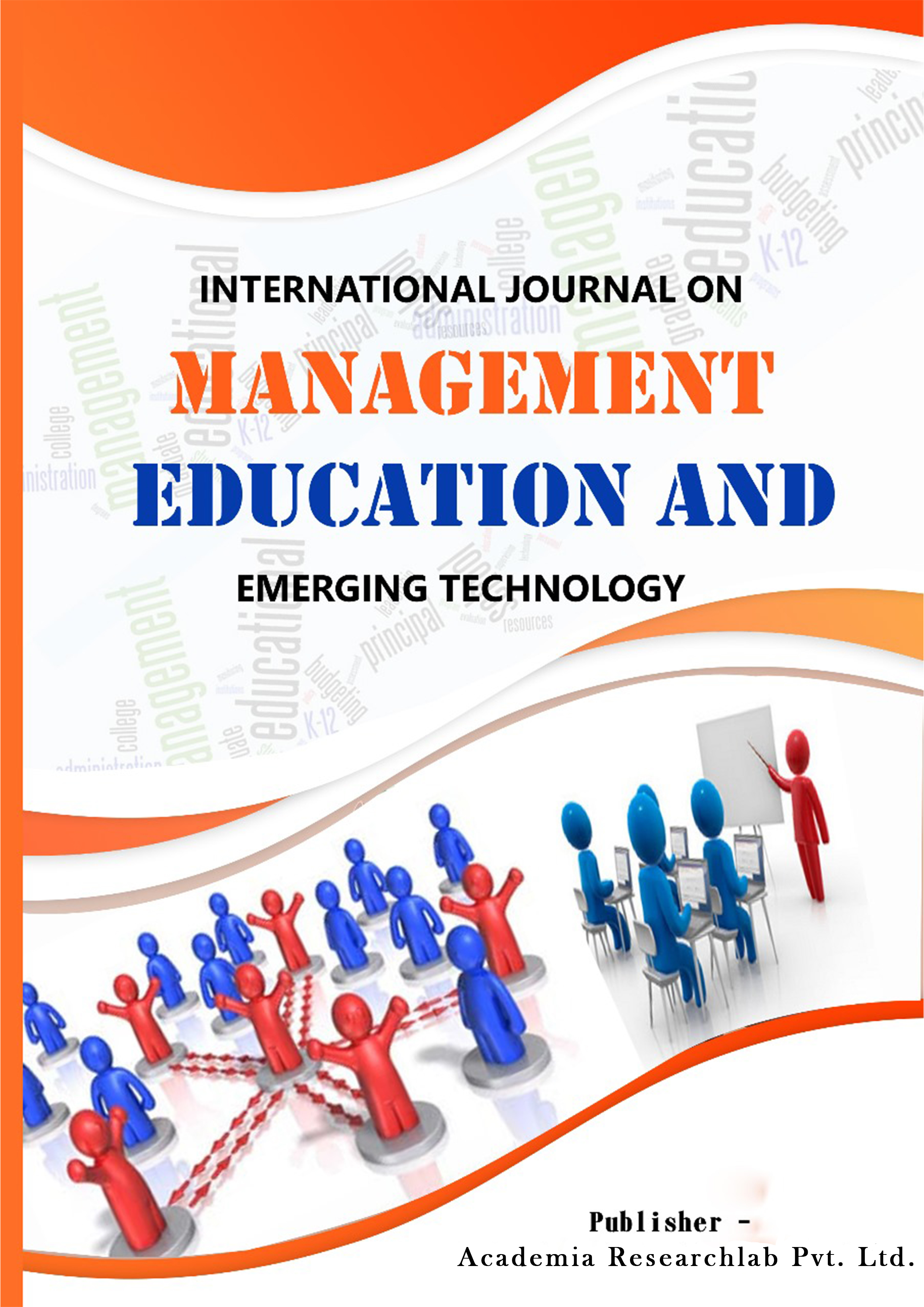The Effects of Conjunction Proficiency on the Reading Comprehension of Grade 2 Pupils in Selected Elementary Schools in Cabiao, Nueva Ecija
Keywords:
Polytechnic University of the Philippines- Cabiao Campus, Bachelor of Elementary Education, Conjunction Proficiency, Reading Comprehension, Conjunction Understanding, Conjunction Recognition and ApplicationAbstract
Conjunctions are essential for textual cohesion and comprehension, yet explicit instruction is often limited in Philippine classrooms. This study examined the relationship between Grade 2 pupils’ conjunction proficiency and reading comprehension.
A descriptive-correlational design was employed with 114 pupils from seven elementary schools in Cabiao, Nueva Ecija. Conjunction proficiency was assessed using a validated researcher-made questionnaire (α = 0.863 for understanding; α = 0.784 for recognition/application), while reading comprehension scores were drawn from the Oplan: Bawat Batang Kabyawenyo Pre-Reading Assessment.
Results showed that pupils were at the Developing level in conjunction proficiency (WM = 2.44) and at the Instructional level in reading comprehension (WM = 1.59). Spearman’s rho indicated no significant correlation (p > 0.05), with effect sizes showing weak associations.
Findings suggest that conjunction skills alone do not strongly predict comprehension and must be integrated with vocabulary, inferencing, and text exposure. This study contributes to early literacy research by situating conjunction use within the Matatag Curriculum and Bawat Bata Bumabasa initiatives. It highlights the need for balanced instructional strategies that combine grammar with broader literacy skills to strengthen early reading outcomes.
References
[1] M. Agustin and R. Belarmino, “Grammar instruction gaps in early literacy classrooms: Evidence from Philippine schools,” Philippine Journal of Basic Education, vol. 16, no. 2, pp. 45–57, 2024. https://doi.org/10.1234/pjbe.v16i2.456
[2] K. Apel and V. S. Henbest, “Morphological awareness intervention with kindergarteners and first- and second-grade students from low SES homes: A feasibility study,” Language, Speech, and Hearing Services in Schools, vol. 47, no. 3, pp. 181–193, 2016. https://doi.org/10.1044/2016_LSHSS-15-0043
[3] A. L. Archer and C. A. Hughes, Explicit Instruction: Effective and Efficient Teaching. New York, NY: Guilford Press, 2011.
[4] D. Brown and J. Lee, “Conjunction use and reading comprehension in primary classrooms,” Journal of Early Literacy Development, vol. 9, no. 1, pp. 67–82, 2019. https://doi.org/10.1080/jeld.2019.09.01
[5] S. Carter and H. Lee, “The role of conjunctions in expository and narrative texts,” British Journal of Literacy Studies, vol. 52, no. 1, pp. 22–35, 2020. https://doi.org/10.1111/bjls.2020.52.1.22
[6] L. Chen and Y. Li, “Cohesion and reading comprehension in Chinese EFL learners,” Asian EFL Journal, vol. 27, no. 4, pp. 85–102, 2020.
[7] L. Cheng and Y. Lee, “Exploring the effects of cohesive devices on young ESL learners’ reading comprehension,” Journal of Language Teaching and Research, vol. 9, no. 4, pp. 732–739, 2018. https://doi.org/10.17507/jltr.0904.18
[8] K. Devine, “Direct instruction as an intervention for struggling readers: Evidence from classroom practice,” International Journal of Educational Research, vol. 118, 102145, 2024. https://doi.org/10.1016/j.ijer.2024.102145
[9] D. Fisher and N. Frey, “Developing students’ comprehension with collaborative strategic reading,” The Reading Teacher, vol. 71, no. 6, pp. 707–716, 2018. https://doi.org/10.1002/trtr.1673
[10] N. R. Hassan and R. Osman, “Recognition versus application of conjunctions: Challenges in Middle Eastern classrooms,” International Journal of Language Education, vol. 4, no. 3, pp. 99–112, 2020. https://doi.org/10.1234/ijle.v4i3.2020
[11] P. Johnson and S. Rapp, “Sentence cohesion and comprehension in struggling readers,” Journal of Reading Research, vol. 44, no. 3, pp. 213–229, 2021. https://doi.org/10.1111/jrr.2021.44.3.213
[12] R. Kumar and A. Singh, “Conjunction recognition and application in Indian ESL learners,” Language Teaching Research, vol. 21, no. 2, pp. 145–160, 2017. https://doi.org/10.1177/1362168817699625
[13] Y. Liao and H. Wang, “Explicit instruction of connectors and comprehension in Taiwan ESL classes,” TESOL Quarterly, vol. 51, no. 2, pp. 335–356, 2017. https://doi.org/10.1002/tesq.2017.51.2.335
[14] T. Nguyen, “Cohesive devices and reading comprehension challenges among Vietnamese learners,” Asian Journal of Applied Linguistics, vol. 6, no. 3, pp. 91–105, 2019.
[15] OECD, PISA 2022 Results (Volume I): The State of Learning and Equity in Education. Paris: Organisation for Economic Co-operation and Development, 2023. https://doi.org/10.1787/20cfdcee-en
[16] A. Pangestu, T. Rahman, and N. Dewi, “The role of English connectors in Indonesian students’ reading comprehension,” Indonesian Journal of Applied Linguistics, vol. 11, no. 2, pp. 230–242, 2021. https://doi.org/10.17509/ijal.v11i2.35647
[17] X. Peng, “Teaching connectors in Chinese EFL contexts: Effects on comprehension,” Journal of Applied Linguistics, vol. 45, no. 1, pp. 89–104, 2022. https://doi.org/10.1234/jal.2022.45.1.89
[18] M. D. Santos and A. M. Ramos, “Grammar awareness and comprehension in early grades: A Philippine perspective,” Asia Pacific Journal of Education, vol. 39, no. 4, pp. 523–539, 2019. https://doi.org/10.1080/02188791.2019.1688253
[19] J. Smith, R. Thompson, and L. Walker, “Applying cohesive devices in student writing: Bridging recognition and use,” Journal of Second Language Writing, vol. 52, 100814, 2021. https://doi.org/10.1016/j.jslw.2021.100814
[20] Department of Education, Bawat Bata Bumabasa (3Bs) Implementation Framework. Manila: Department of Education, 2023. [Online]. Available: https://www.deped.gov.ph
[21] Department of Education, Matatag Curriculum Guide for Grade 2 English. Bureau of Learning Delivery, Department of Education, Philippines, 2024. [Online]. Available: https://www.deped.gov.ph/matatag-curriculum
Additional Files
Published
How to Cite
Issue
Section
License
Copyright (c) 2025 International Journal on Management Education and Emerging Technology(IJMEET)

This work is licensed under a Creative Commons Attribution-NonCommercial-NoDerivatives 4.0 International License.





